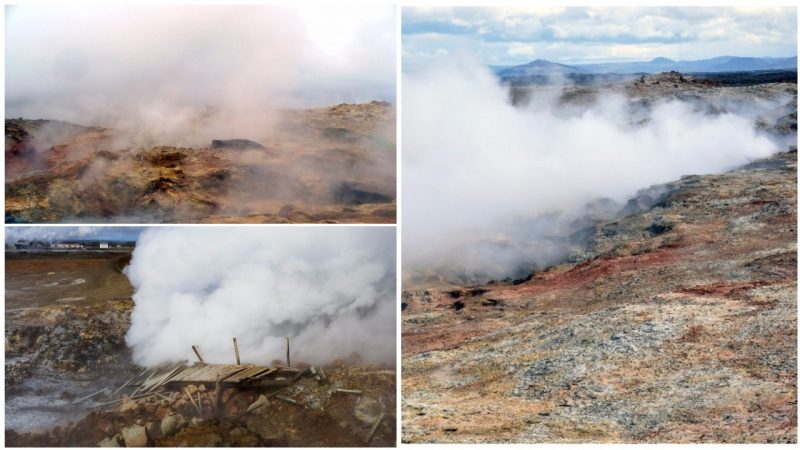Amongst all of the mystical places this planet has to offer, none can compare to the mysterious nature of Iceland’s desolate scenery. Particularly, its small headland on the southwestern tip of Reykjanesskagi, the Reykjanes peninsula. Home of the magnificent Blue Lagoon and Iceland’s oldest lighthouse, Reykjanes, defined by its rugged lava landscape, smoking geothermal fields and boiling hot springs hides a real gem of nature and an absolute delight. The largest hot spring on the island, Gunnuhver, the devil’s pit.
Gunnuhver is the beating heart of this infernal terrain, and is by far the most prominent and visited hot spring on the island. And, not just for its bright and glittering colors. Named after a local legend, Gunnuhver, tells a sad and haunting story as well, which, to say the least, is fairly fitting for this kind of scenery.
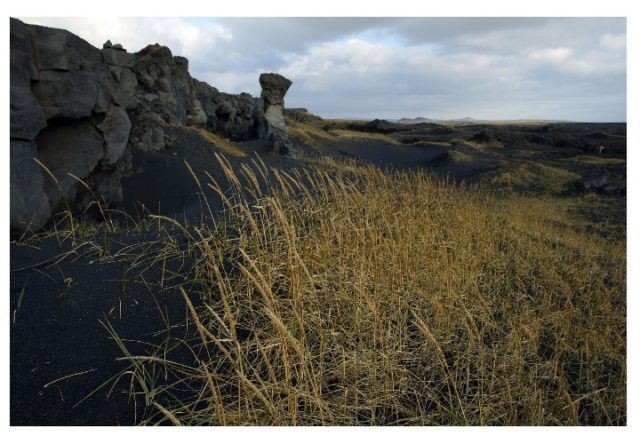
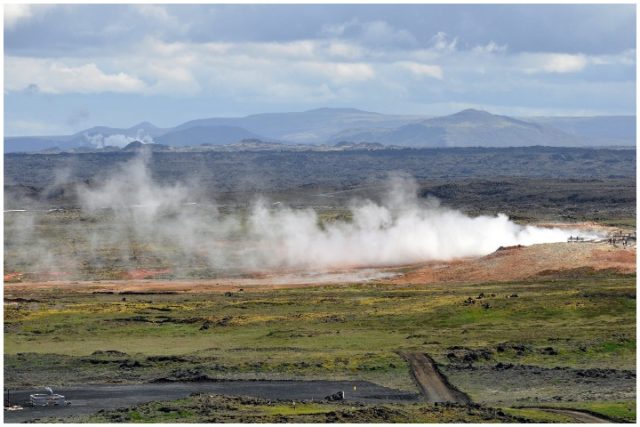
Anyhow, according to the legend, nearly 400 years ago, a woman named Gudrun or “Gunna” for short, used to live in a small community on the Reykjanes peninsula. She was a farmer, working and living on the estate owned by Vilhjalmur, a wealthy and powerful lawyer. But poor as she was, one day failed to pay the rent.
As a result, the landlord decided to take her boiling pot as part payment. This filled Gunna with fury. In that state of madness, she angrily decided to starve herself to death. After her passing, when the men from the community carried her coffin to the cemetery, they suddenly noticed that it became lighter.
Additionally, while they were digging her grave, some of the folks who attended the ceremony, allegedly heard a bone-chilling whisper: “No need deep to dig, no plans long to lie,” and assumed it’s the ghost of the deceased talking. Later, their fears were confirmed when Vilhjalmur was found dead and his body mutilated.
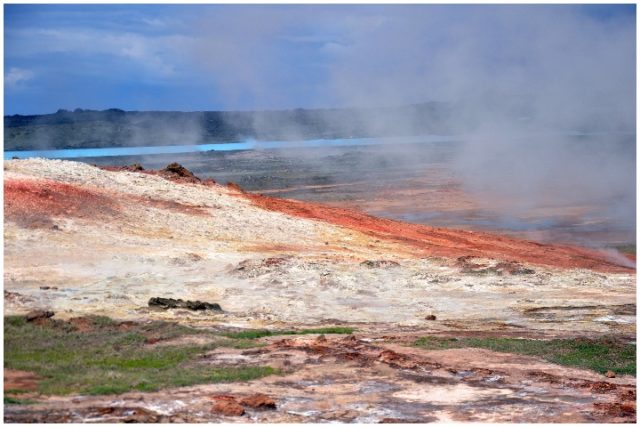
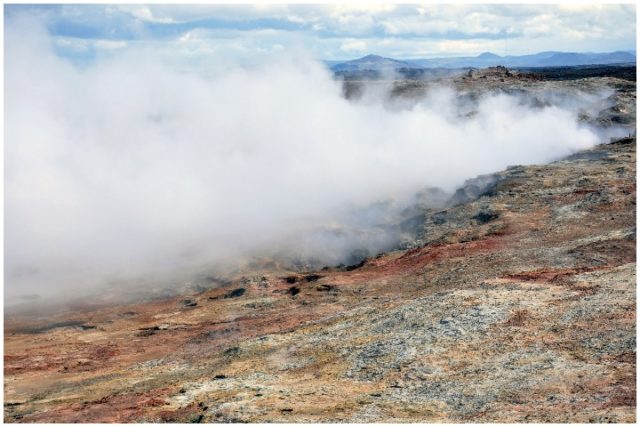
But the revenge of Gunna didn’t stop there. Shortly afterwards, his wife died in a similar fashion, and many went mad after witnessing her ghost. Her spirit continued to terrorize the peninsula, wrecking havoc up until the locals in dire needs turned to the priest Eirikur, who happened to lived in the vicinity. Recognized as a fierce and mighty sorcerer, the terror-stricken folks hired him to put her spirit down, thus putting an end to their miseries.
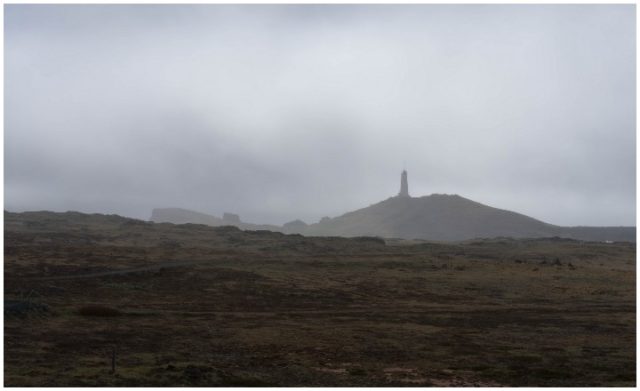
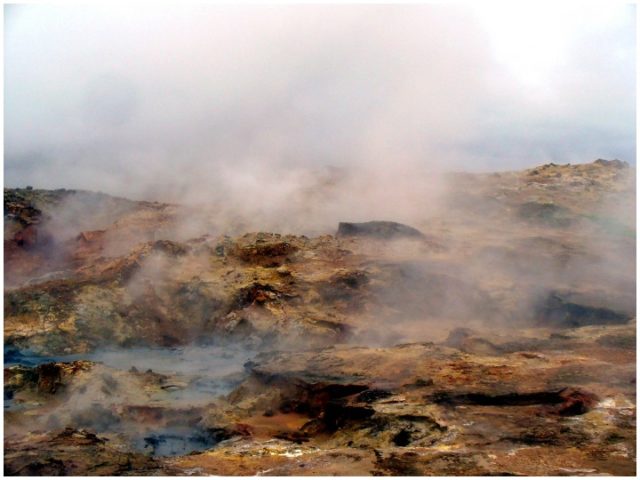
He encouraged them to get a ball of twine and leave a loose end for the ghost to grab on. Afterward, they were instructed to take the ball to the hot springs, or as far as possible, hoping that Gunna would take the bait. They did, and so she did. Thus, the name stuck, Gunnuhver – Gunn’s hot spring. Some say that she didn’t fall in but still lingers on the edge of the steamy abyss, haunting the place for all eternity.
Gunnuhver from June 20210 is once again a tourist attraction, after being closed for a couple of years due to the spring high activity and expansion, consuming a large portion of the area. In fact, visitors are welcomed to feel the eeriness of the local legend and observe the hot spring from some wooden observation platforms nearby.

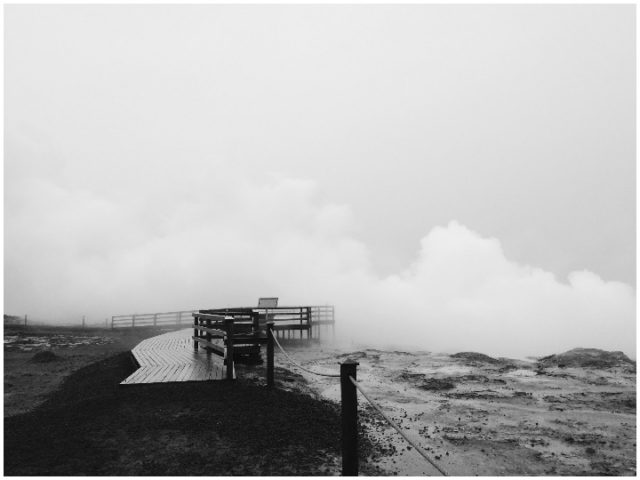
But truth be told, therein still lies the possibility that a high-pressure steam might unexpectedly find another passage underneath the visitor walkway. You can see the state of this platform and decide for yourselves if the commercial reopening was justified or not.
Given the dense constant steam, the sulphuric scent and the whole atmosphere of this unholy yet mesmerizing place, it is very likely that a crawling ghostly figurine would greet any visitor familiar with the story.
